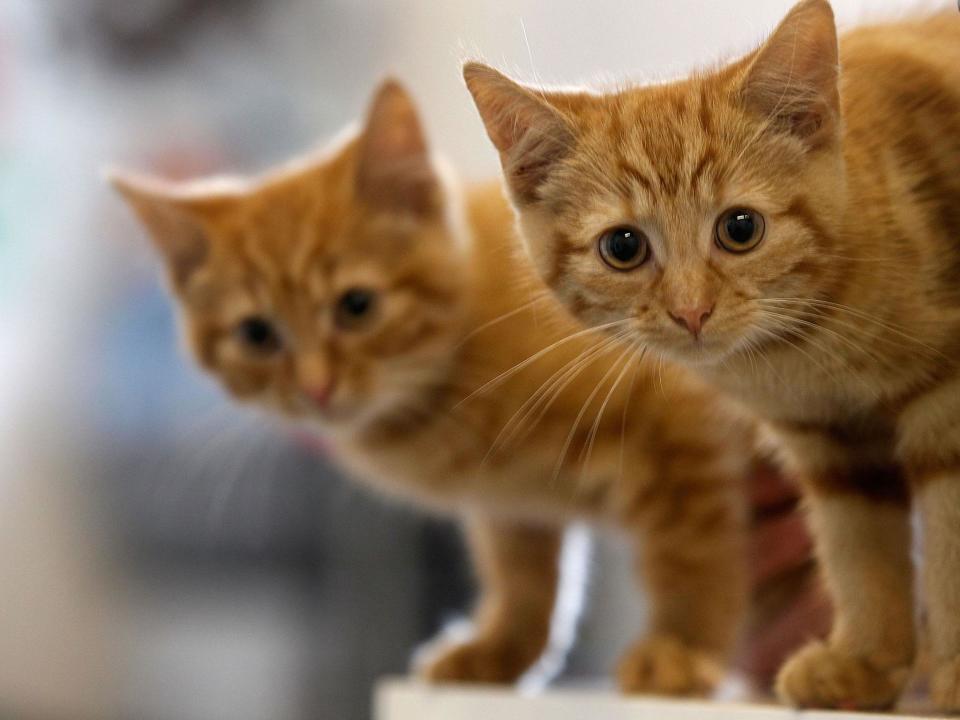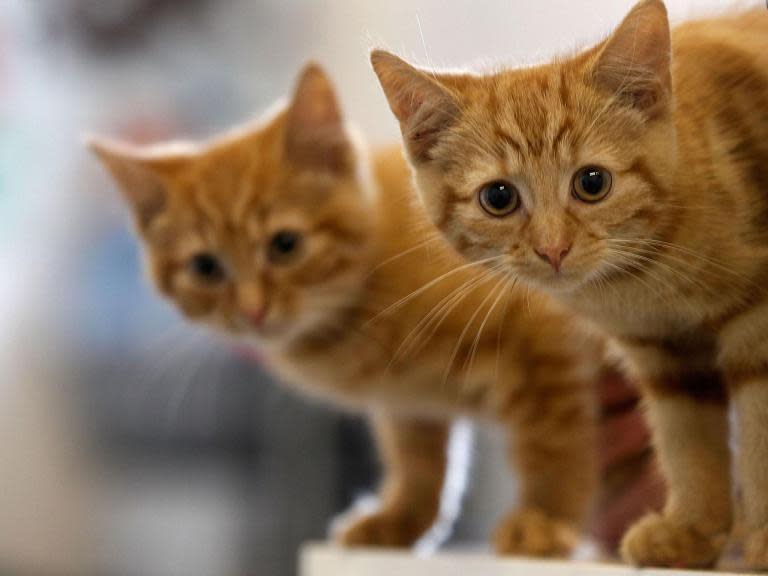Croydon cat killer: Mystery solved by police after three years amid 400 mutilations
Police have revealed the identity of the so-called Croydon cat killer.
Experts ruled foxes or other wildlife were likely behind the mutilations of several hundred cats that died in the south London borough and beyond, the Metropolitan Police said.
There is no evidence of human involvement in the grisly incidents, the force said following an investigation lasting nearly three years, adding that it had informed the RSPCA and campaign group South Norwood Animal Rescue and Liberty (Snarl) of its findings.
“The cats were killed due to major blunt-force trauma consistent with vehicle collisions. Scavenging foxes then mutilated body parts – especially heads and tails,” officers said.
The saga began when concerned residents reported finding the mutilated bodies of cats in Croydon and surrounding areas in November 2015. Officers launched their investigation.
In 2016 campaigners organised post-mortem examinations on 25 cats suspected of having been killed by people and six were deemed suspicious.
Police found hundreds more reports from members of the public and charities including in Hertfordshire on the other side of the capital.
Eventually, however, the investigation had to end.
The Met said: “No evidence of human involvement was found in any of the reported cases. There were no witnesses, no identifiable patterns and no forensic leads that pointed to human involvement. Witness statements were taken, but no suspect was identified.”
Scavenging animals like foxes were most likely the culprit, the force said, adding: “Officers also took note of expert opinion – including a recent, widely reported New Scientist article – which highlights how wildlife is known to scavenge on roadkill, often removing the heads and tails of dead animals.”
CCTV footage was even obtained showing foxes carrying dismembered pets and dropping them in the locations in which they were later discovered.
The Met continued, in a lengthy statement: “The veterinary pathologist who carried out the original post-mortems conducted re-examinations on the six bodies in August 2018. He found puncture wounds not found previously on some of the animals and concluded that some had been potentially scavenged.
“Additional forensic tests were carried out, and these did not show any clear difference between marks on the bodies of cats that had been scavenged and the cats whose mutilations had been deemed suspicious.
“Such apparent spates of cat mutilations are not unknown in the UK and elsewhere. Officers were aware of a spate of reported mutilations some 20 years ago which were eventually attributed to predation by wildlife.”
Insisting that launching the investigation in the first place was the right thing to do, the force added: “The evidence initially provided by the six post-mortem examinations warranted further investigation of the more recent spate.”
Snarl said in a statement on its Facebook page that it remained convinced human killers were to blame for the pet deaths. The Met’s announcement came “as a surprise”, it said, adding that “we will be taking advice on how to move forward”.
Asked how much the investigation had cost over the past three years. The Met claimed it was “impossible to provide accurate figures for numbers of officers or officer hours devoted to recording, assessing and investigating reports of cat mutilations” because “no officer ever worked exclusively” on the case.

 Yahoo News
Yahoo News 

